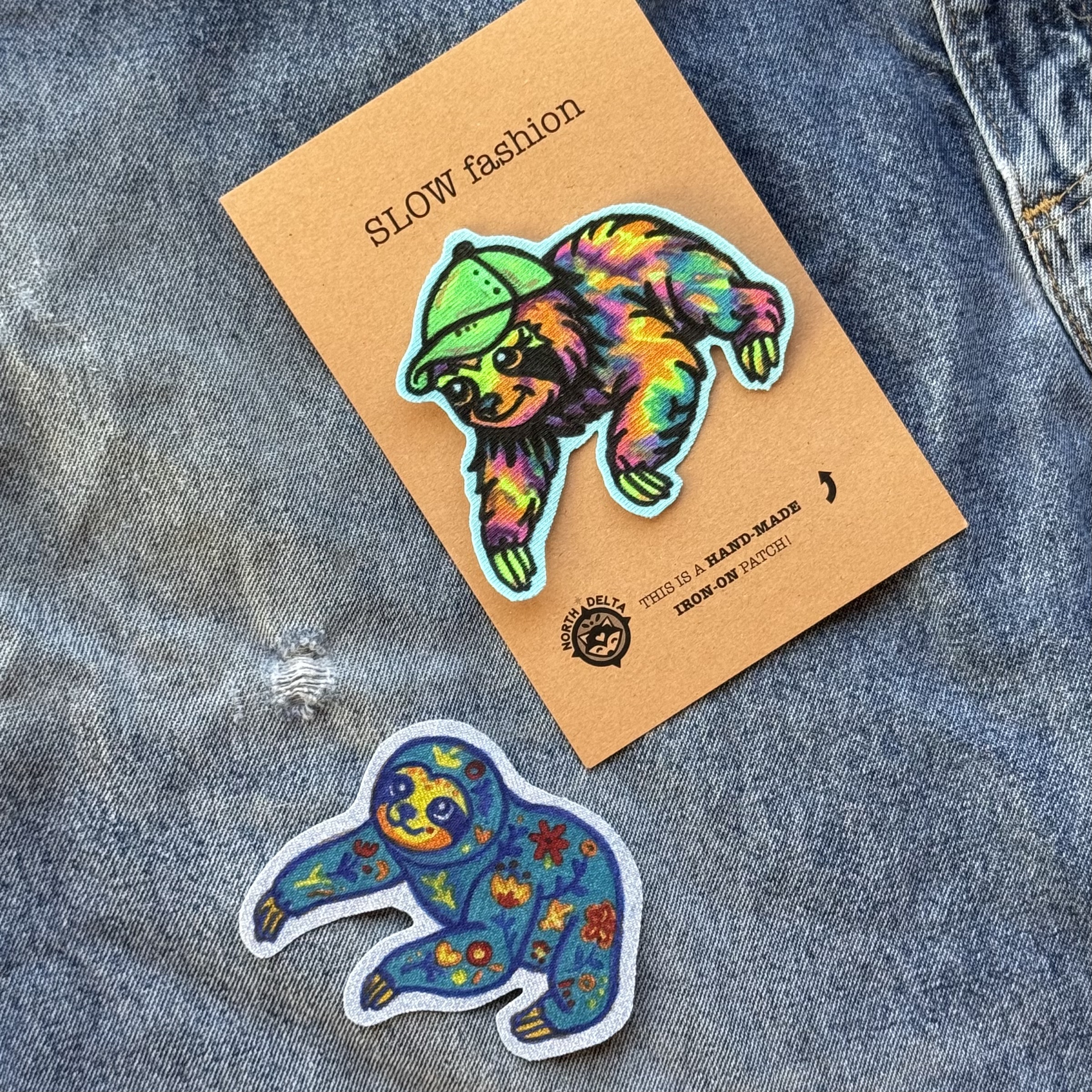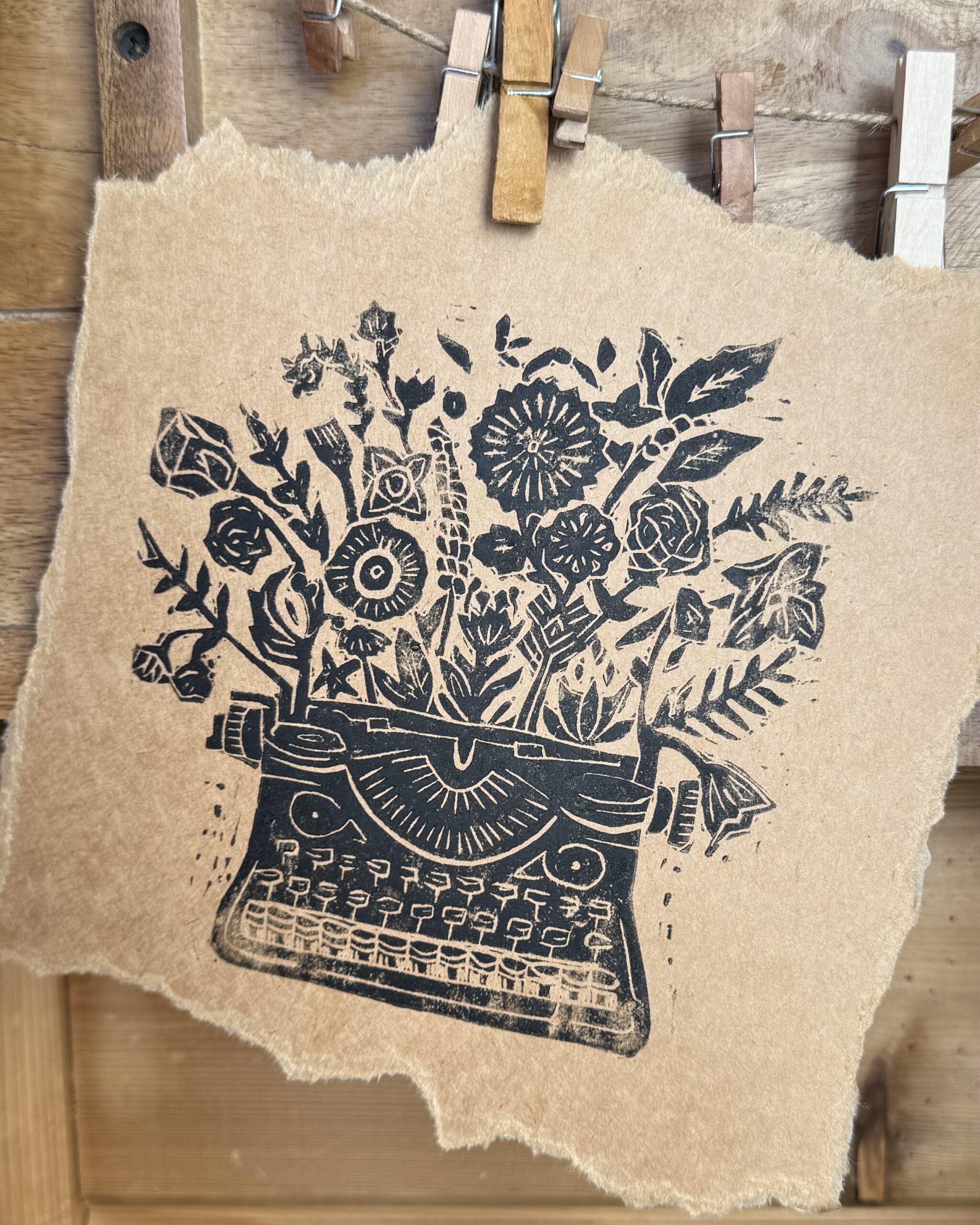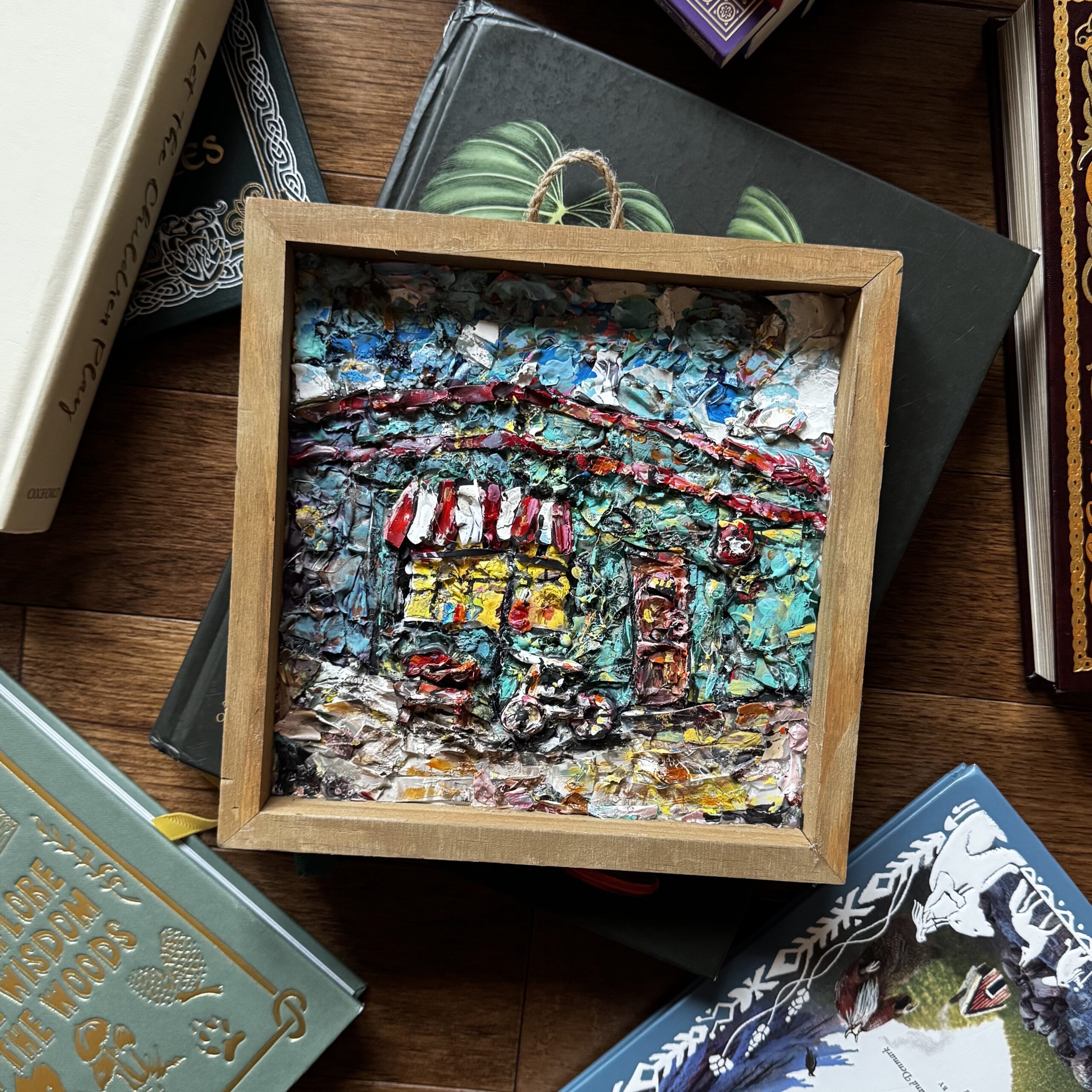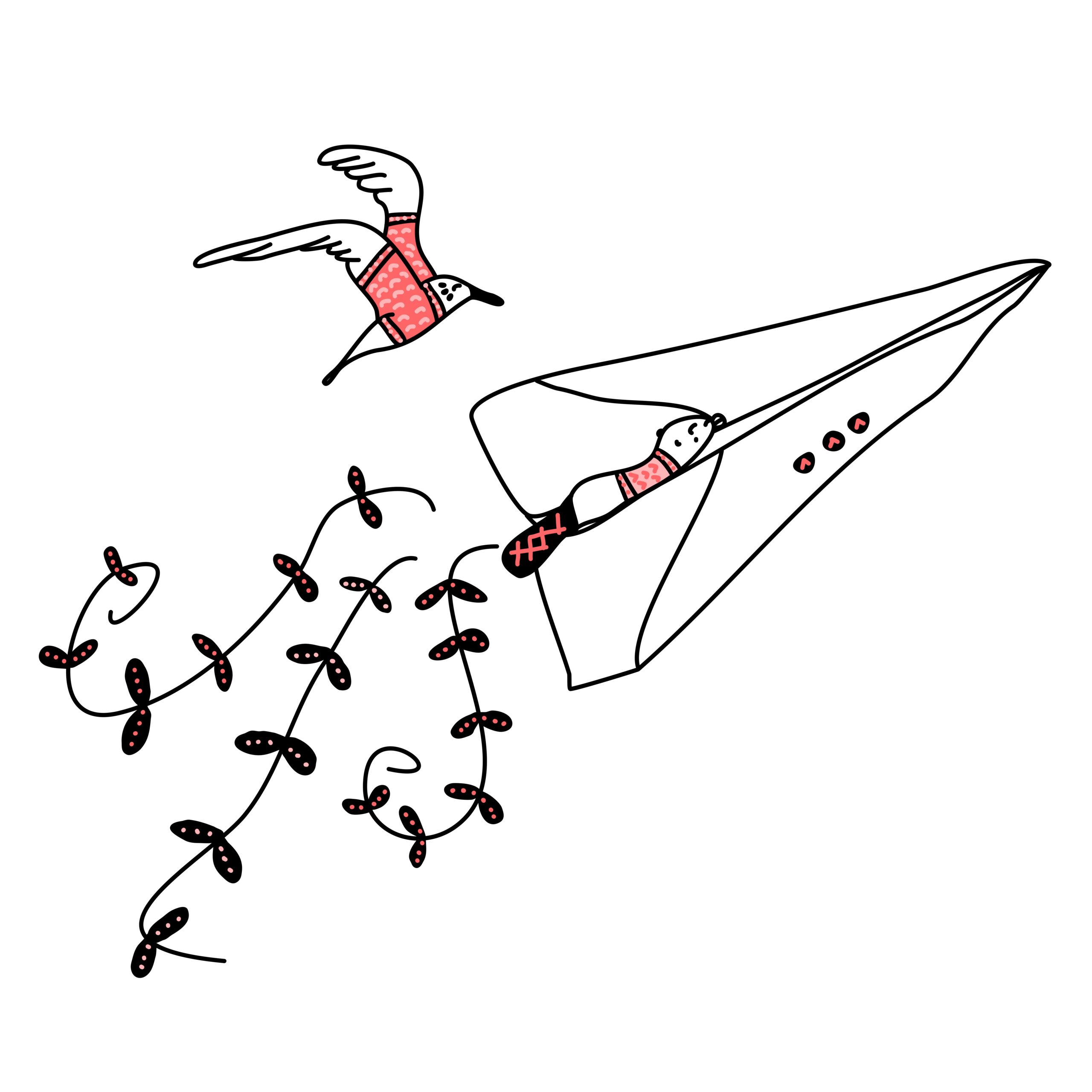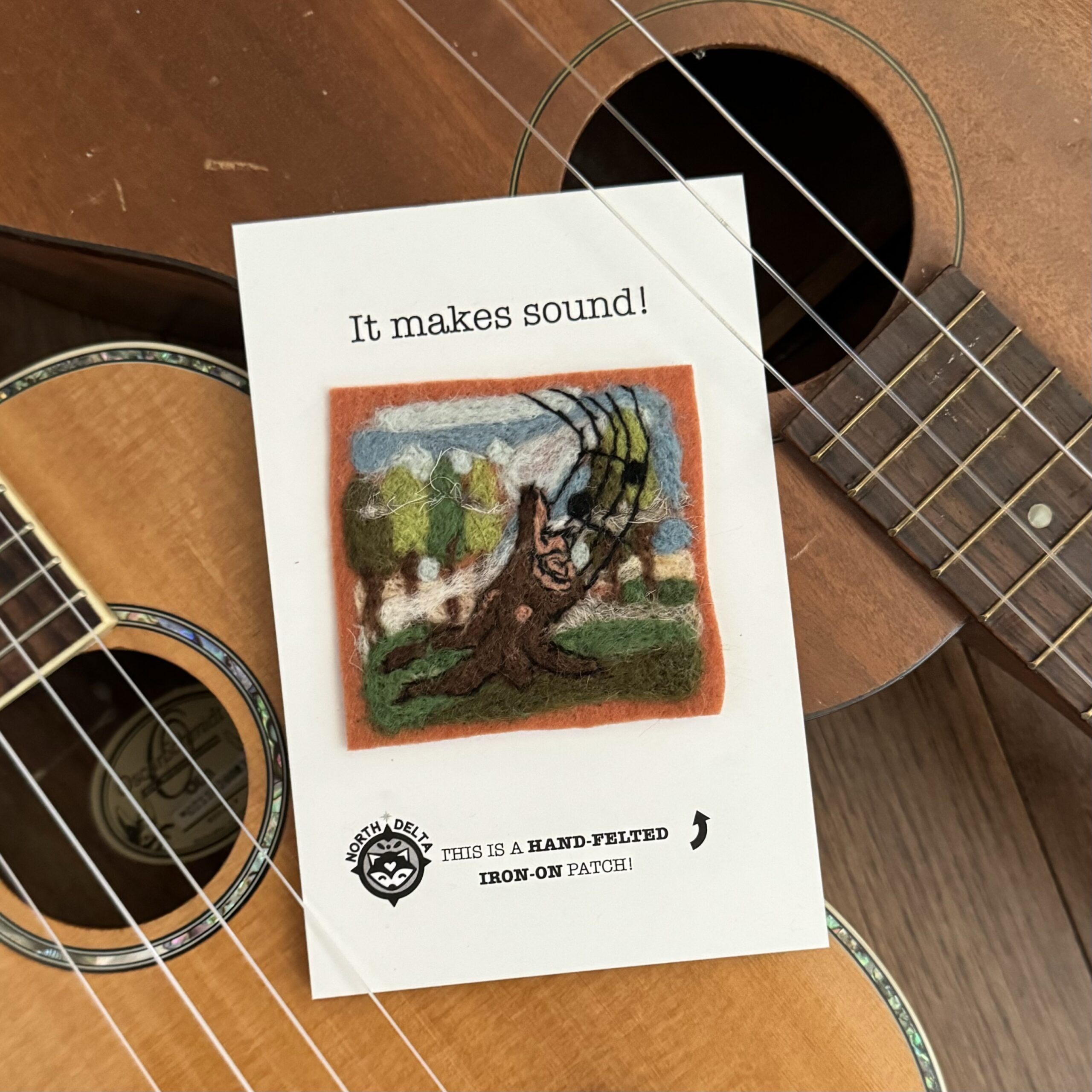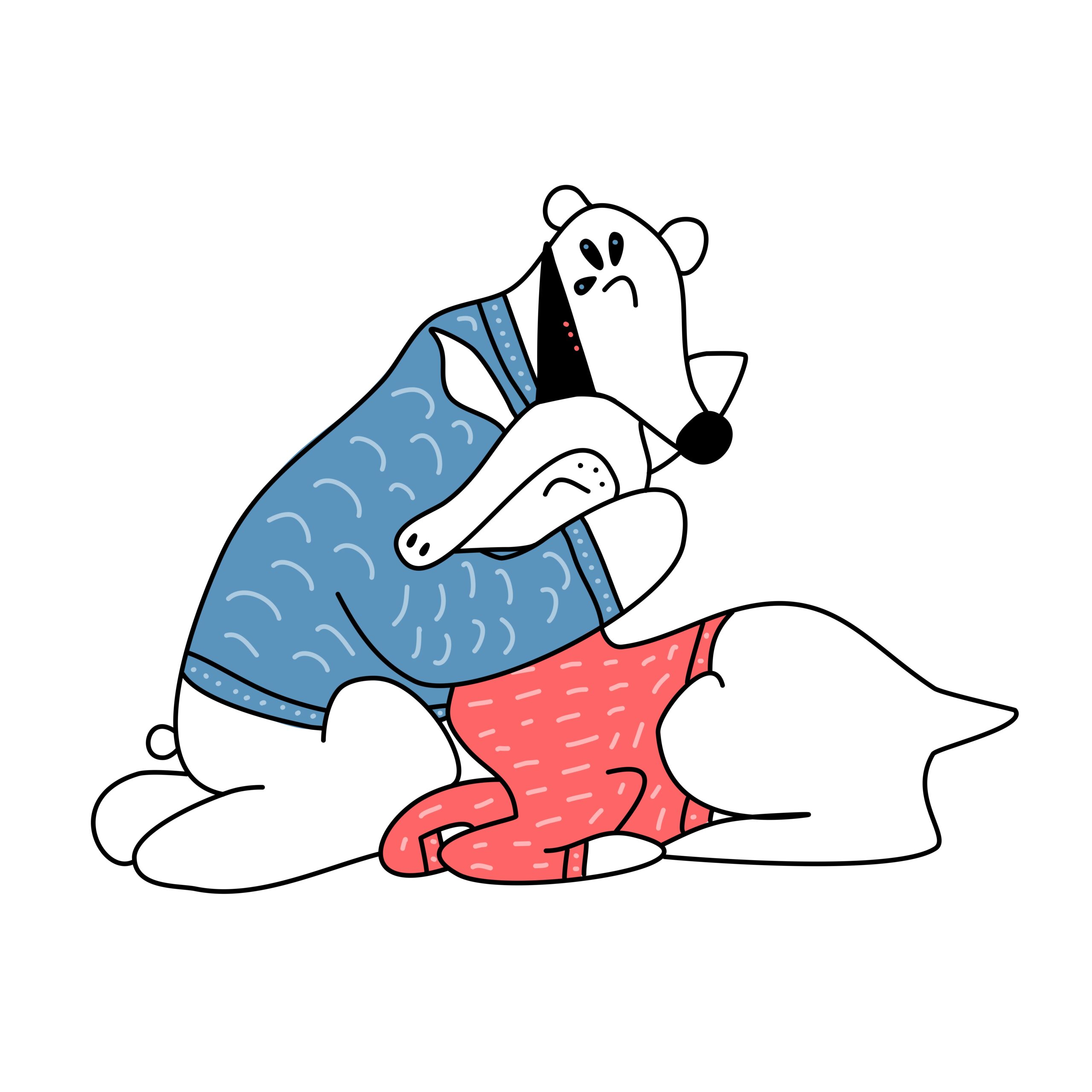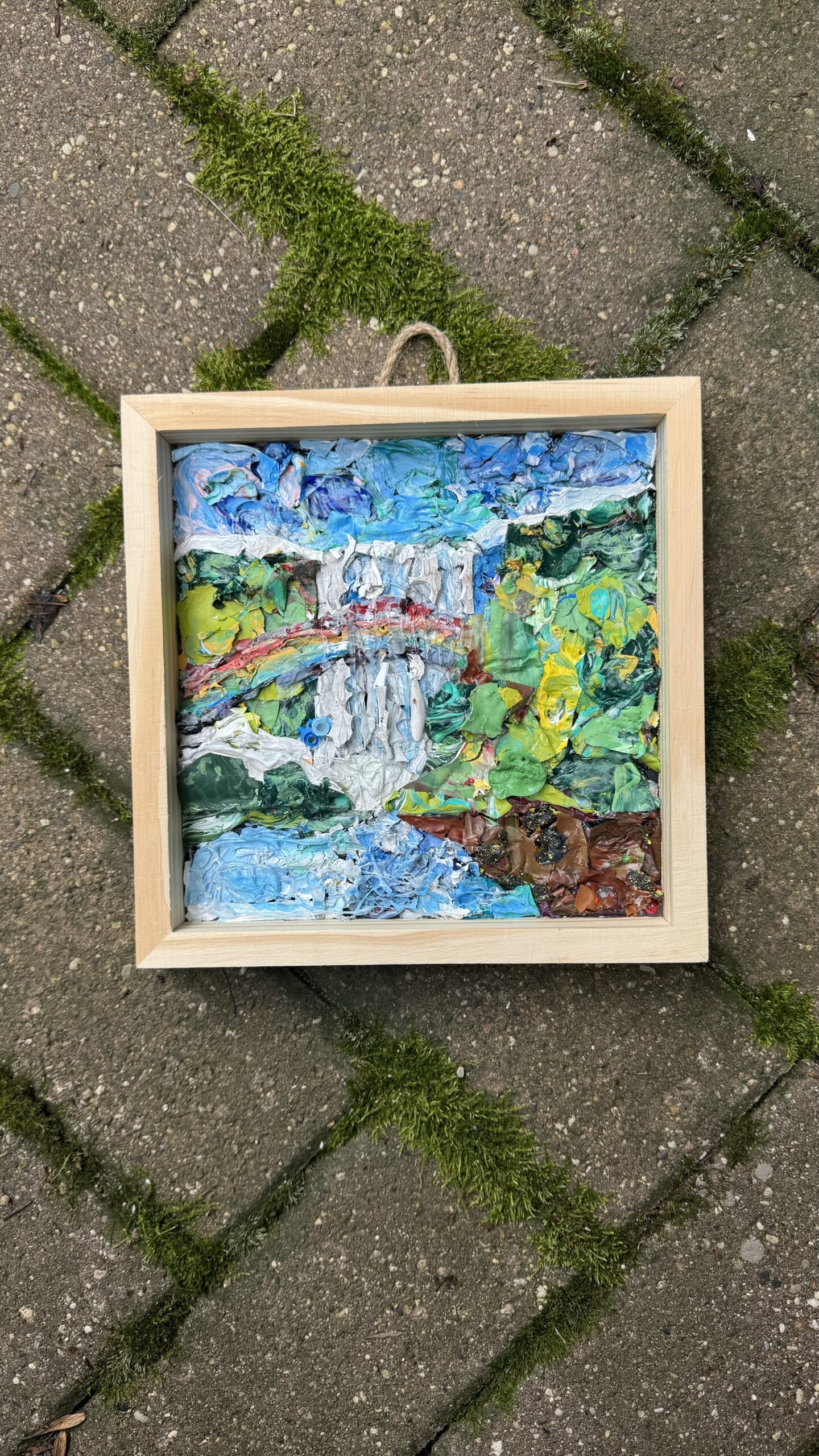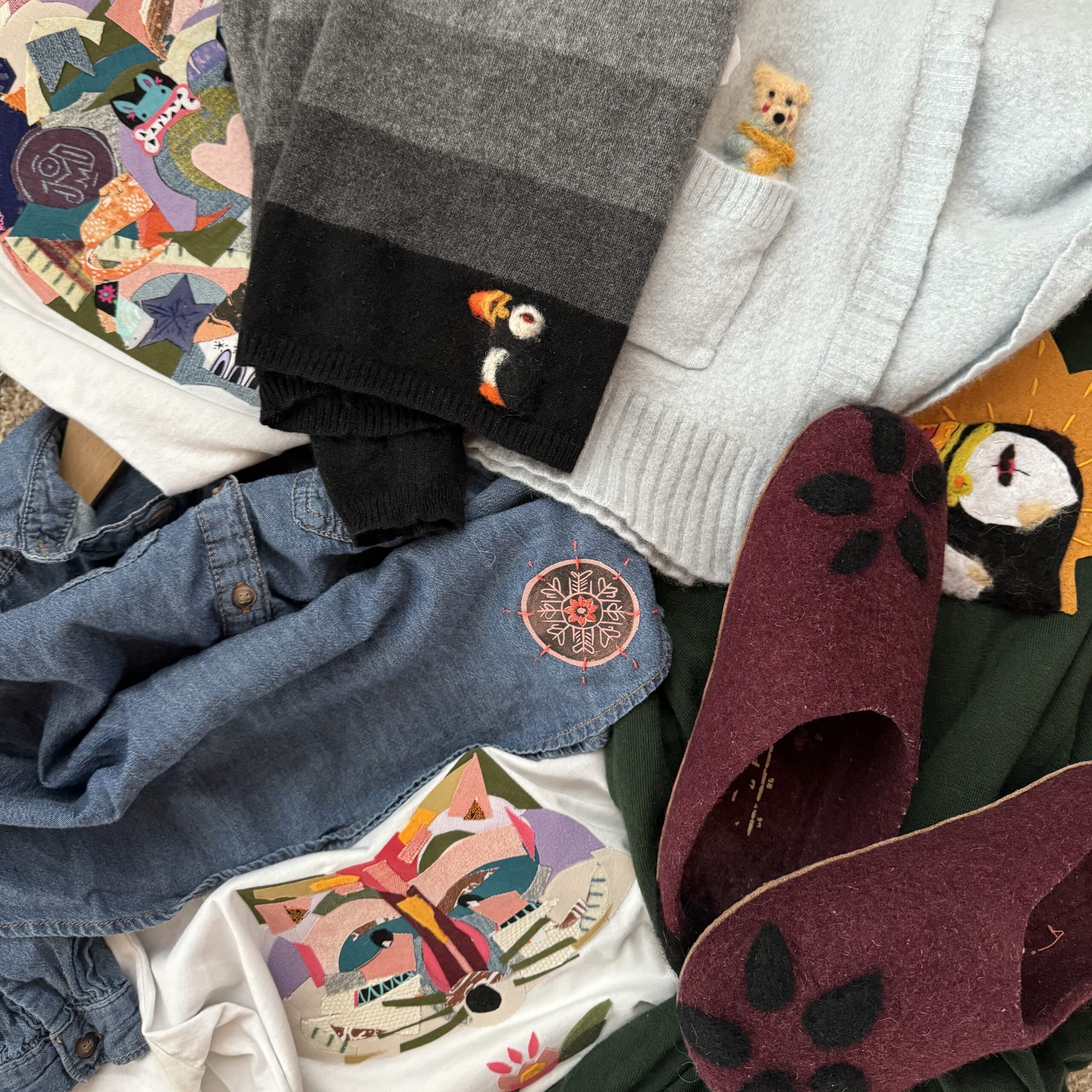
A tear in your favorite sweater. A hole in the knee of well-worn jeans. We try to hide the damage—stitching carefully, matching threads, or even throwing it away to pretend it never happened. But visible mending offers another way.
Visible mending is the practice of repairing clothes in a way that celebrates the flaw. Using bright threads, bold patches, or deliberate stitching, it transforms damage into design—turning a rip into a story.
And maybe that’s what we need more of.
A tear in your heart or the heart of a loved one. Mistakes are buried, fractures intensified, short-comings gaslit. But what if, instead, we honored the rupture? What if, in our personal relationships, we stitched across our disagreements? Not to erase them, but to acknowledge them—beautifully and honestly?
A hole in the foundation of our shared home. Our freedoms damaged and torn. In order to repair, we’ll need to take the thread that’s barely hanging on and patch it with artistic flair. We’re going to need some intentional and vibrant mending that requires all to reach across the isle with a visible and sturdy bridge.
Visible mending doesn’t pretend we were never broken.
It shows that we are still here.
That we cared enough to repair.
That healing, like thread or patch, can be both strong and beautiful.
If we visibly mend, we will inspire and enlighten each other repair by repair.
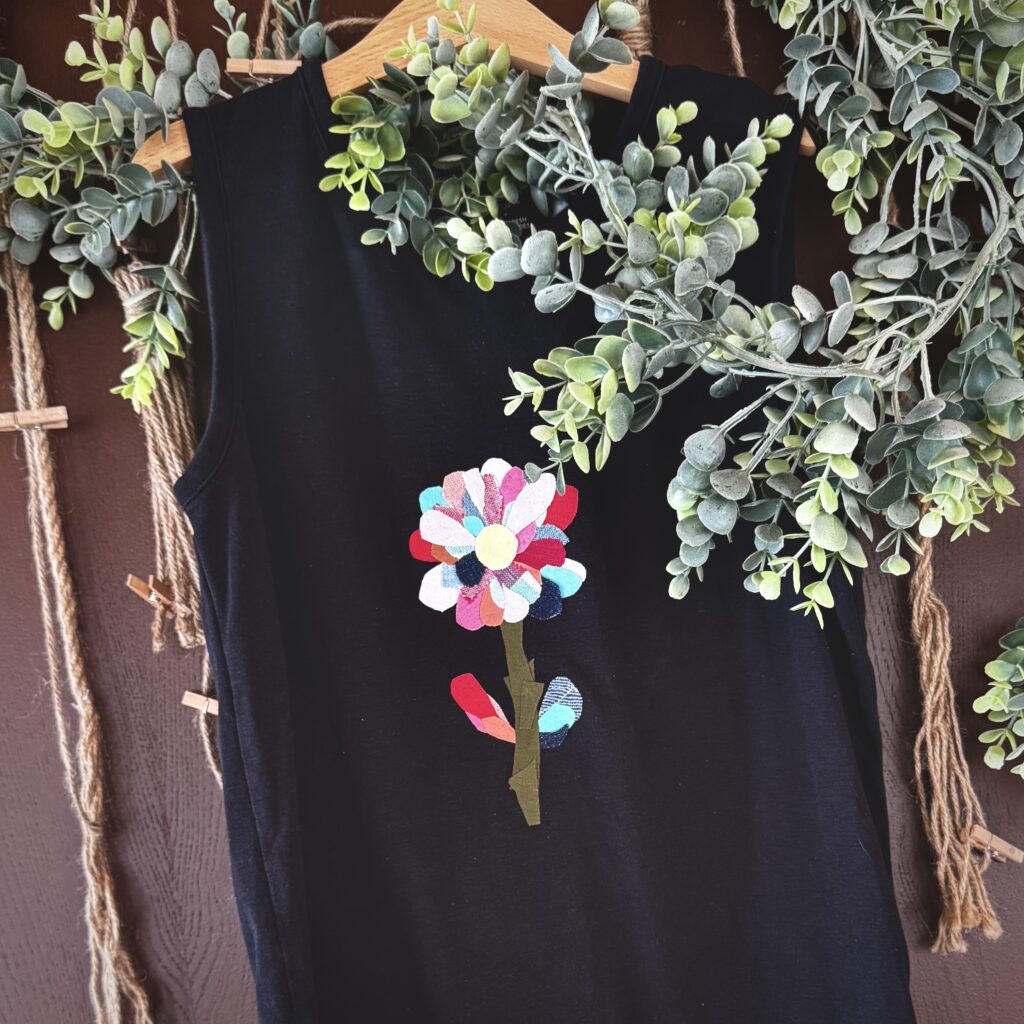
Visible Mending
A tear traced in gold,
Art no longer amiss—
a seam that says:
I’ve come through this.
Not patched to vanish,
but to shine—
a thread declaring
flaws are fine.
So too with hearts,
and trust, and land:
repair is art
when done by hand.

